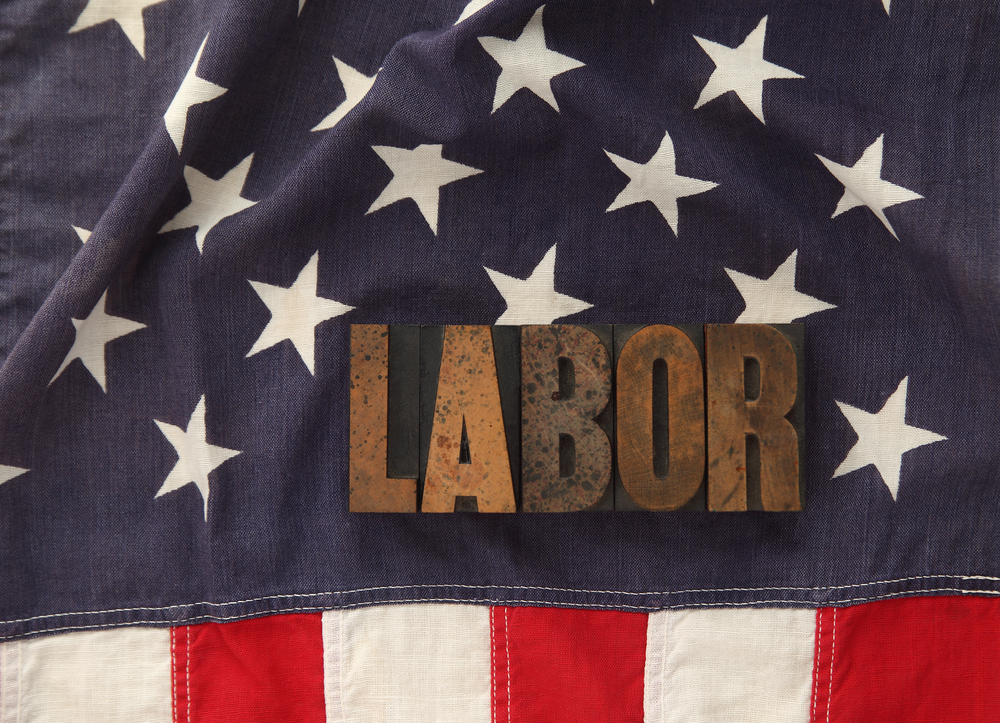Linking Labor Unions to Economic Growth

Please note that we are not authorised to provide any investment advice. The content on this page is for information purposes only.
Six years after the US economic contraction ended, the Federal Reserve has still not raised interest rates. Inflation has not accelerated as so many predicted. The economy is chugging along in an irregular fashion. The US economy appears to have ground to a near halt in Q1 15.
Six years after the US economic contraction ended, the Federal Reserve has still not raised interest rates. Inflation has not accelerated as so many predicted. The economy is chugging along in an irregular fashion. The US economy appears to have ground to a near halt in Q1 15.
Lawrence Summers pulled together various elements that had identified this as the new normal. He drew on the work of Alvin Hansen, who in the 1930s suggested a secular stagnation. Summers, just as Hansen, sketched his argument on the eve of a new expansion in the US. Summers proposed his secular stagnation hypothesis in November 2013. After a mostly weather-induced contraction in Q1 14, the US economy grew a 4.8% annualized clip between April and September, the fastest in over a decade.
Summers identified the problem as one of chronic under-investment. This leads to falling per capita incomes and stagnant demand. It also would generate politically unacceptably high levels of unemployment. However, the creation of serial asset bubbles is keeping this at bay. His solution is to boost public investment, through deficit financing.
While the US sorely needs greater public investment, it is not clear that this is will address the problems Summers identifies. The key issue is how to spur aggregate demand. The public works programs of the New Deal, which Summers seems to hearken back to without citing them per se, coupled with another set of policies all too often ignored in this discussions. Over the last 30-40 years, private sector union membership is way off. The New Deal facilitated stronger unions.
Few observers, including Summers, link the disparity of wealth and income to the weakness in aggregate demand. Even fewer see the link between this condition and the weakness of precisely those organizations whose raison d’etre is reducing the disparity and boosting aggregate demand. Samuel Gompers, the founder of the American Federation of Labor, defined his vision as getting workers “more now”.
Summer’s deficit financed public investment does not address this key issue. Here is what it means in hard numbers. The National Employment Law Project delved into the Bureau of Labor Statistics and found that whopping 42.4% of all employees in the US earn less than $15 an hour or $31k annually. Yes, there are some young people and students in this mix, but nearly half (46.4%) are 35 or older.
The 0.9% rise in March retail sales was the first increase in four months and the largest increase in a year. Yet it was still a disappointment. The component used for GDP calculations rose by 0.3%, but this was not sufficient to offset the decline recorded in January and February. To the extent that Americans are shopping, and the personal consumption component of Q4 GDP rose by 4.4% at annualized rate the strongest since 2006, they are doing so without revolving debt (credit cards).
Summers rightly argues that businesses today do not have the capital needs they had in the past. Rather than takers from the capital markets, corporations with their huge cash holdings are now net providers. Boosting aggregate demand may not happen simply by modernizing US roads, bridges, and ports, upgrading the power grid and providing state-of-the-art networking capability. All of these things are desirable in their own right. However, the best way to boost aggregate demand is to ensure that a greater share of productivity gains go to wages rather than profits. Stronger unions offer a non-statist way to overcome Summers secular stagnation.
Aggregate Demand and Secular Stagnation is republished with permission from Marc to Market




